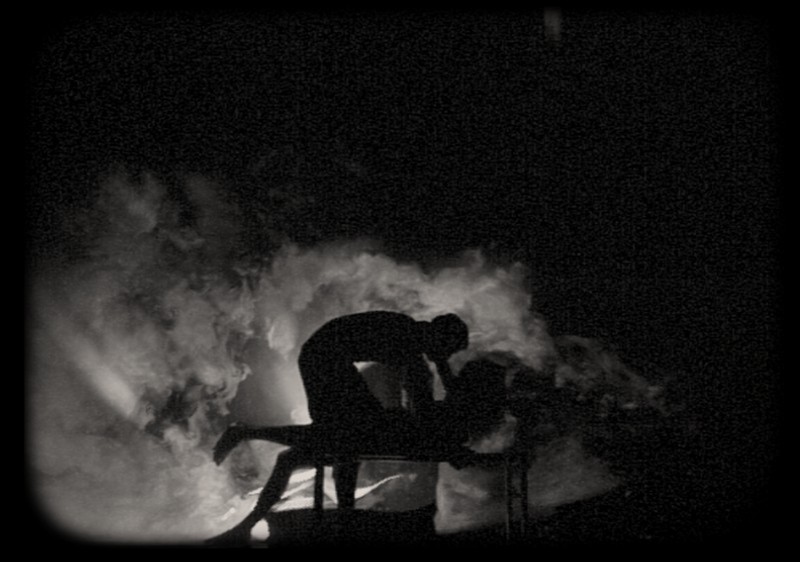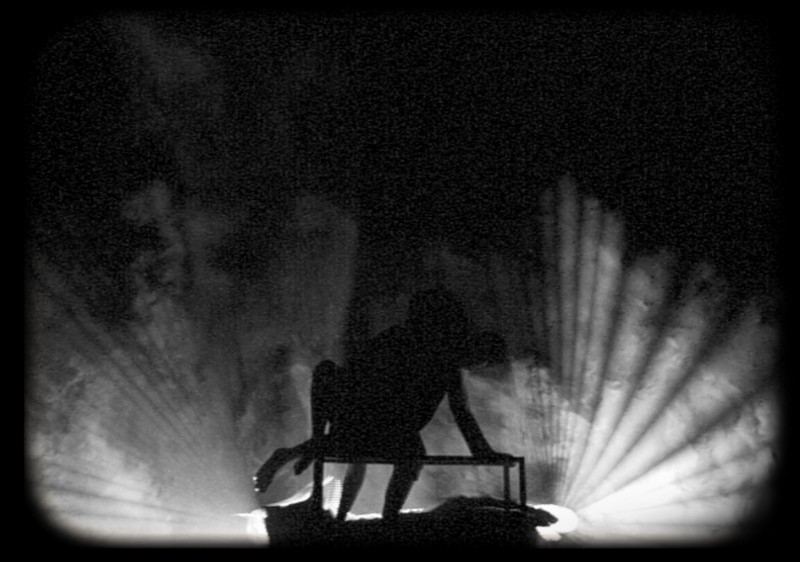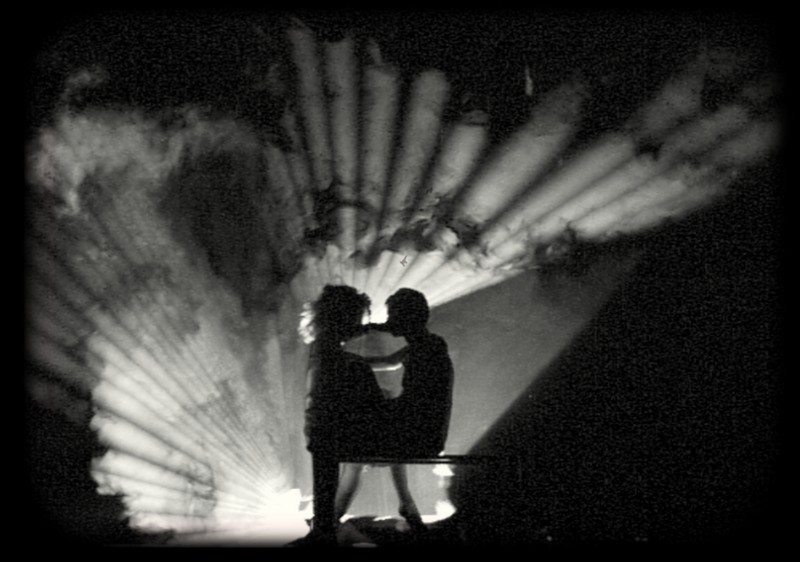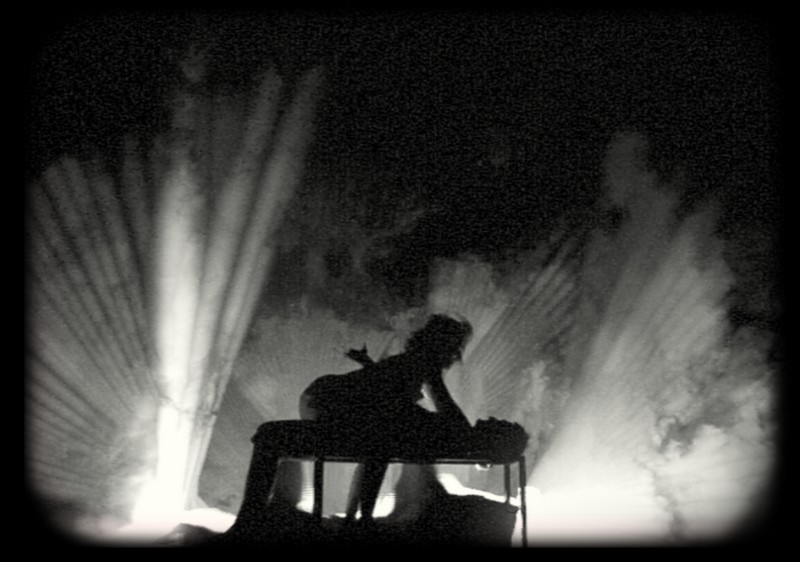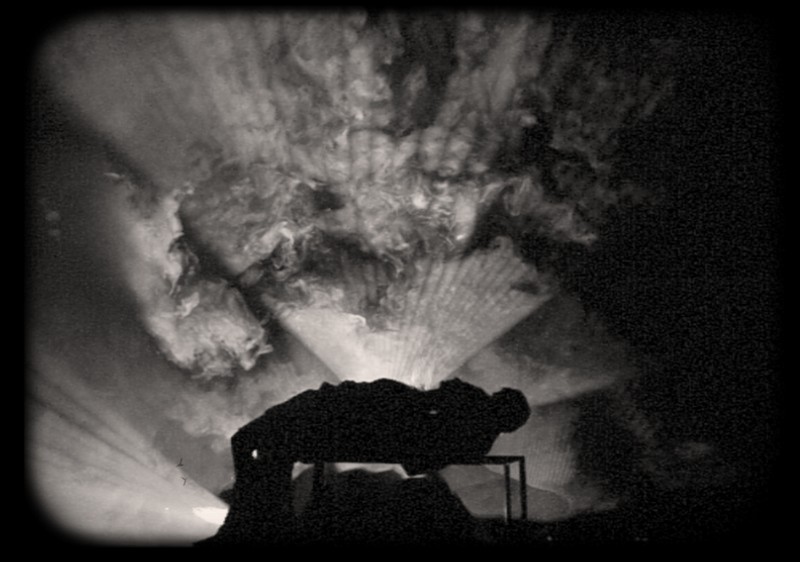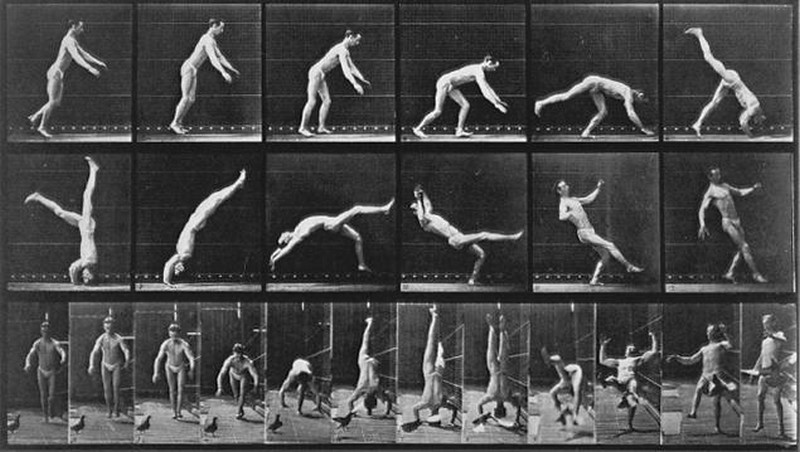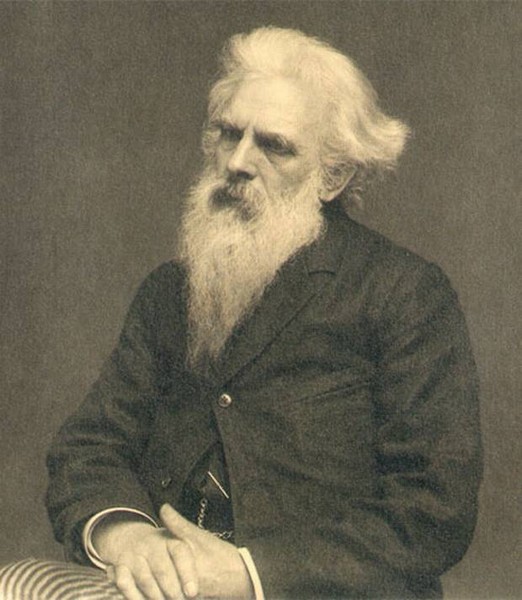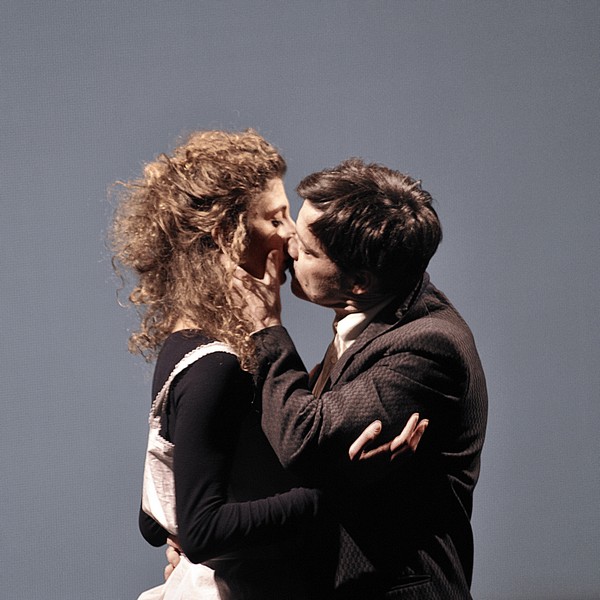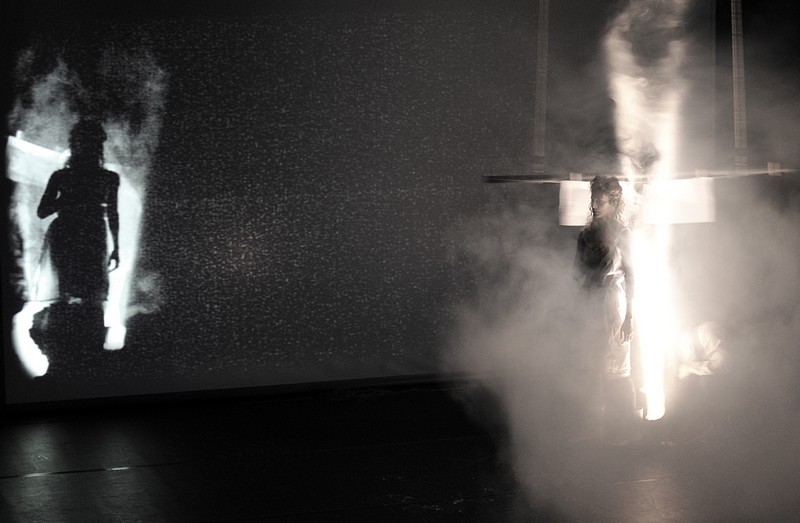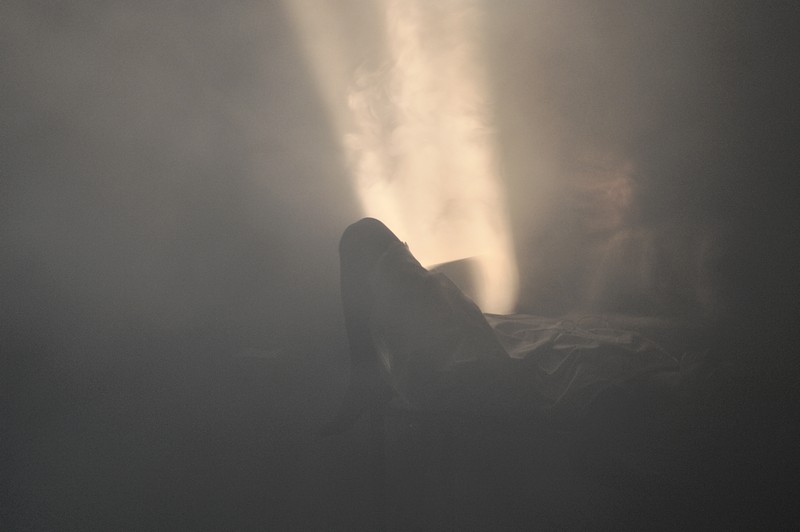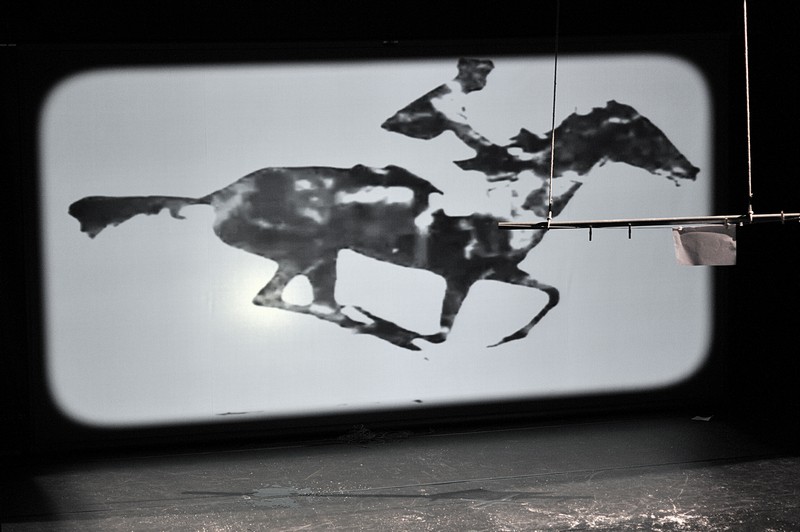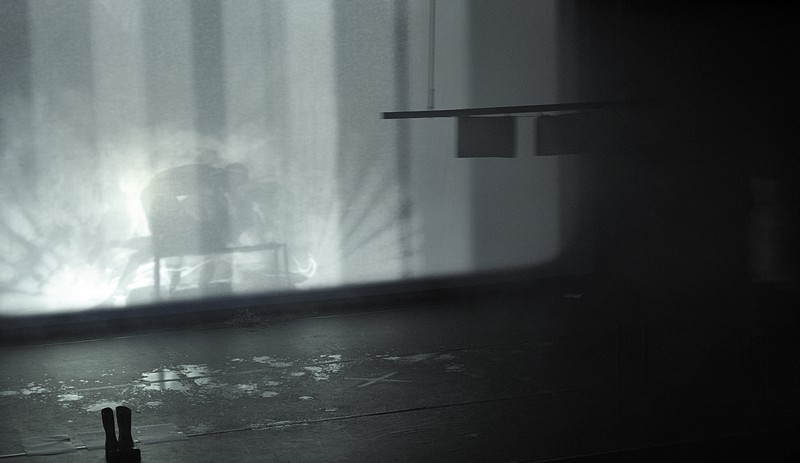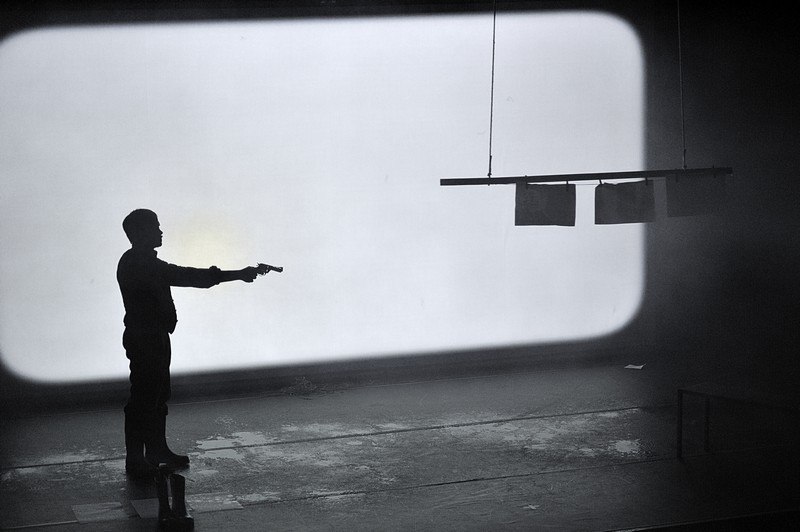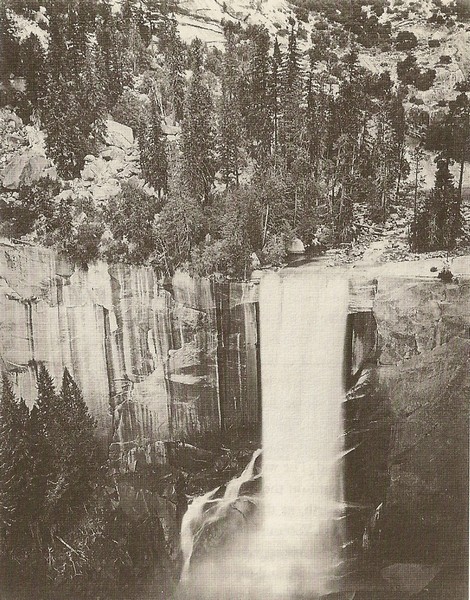content
In 1872, a man photographed a horse in motion.
That man was Eadweard Muybridge and that photo managed to capture the thoroughbred as it came off the ground. The steed was from the stable of Leland Stanford, the founder of Stanford University and one of the most powerful men in California at the time. The relationship with Stanford allowed Muybridge to become one of the most acclaimed scientists (or perhaps artists?) of the day. But Muybridge was above all a man: a betrayed husband, he was tried in court for the murder of his wife’s lover and was finally acquitted on the grounds of justifiable homicide.
year
2012
running time
0:50:00.0
genre
theatre
press
not available
credits
by OHT | Office for a Human Theatre
> idea and directing Filippo Andreatta
> by and with Patric Schott, Daniela Vitale
> sound Stefano D’Alessio
> video Martina Menegon
> computing Stefano D’Alessio, Martina Menegon
> photographer Fabio Cella
> production OHT | Office for a Human Theatre
> supported by Fondazione Caritro, Regione Trentino Alto-Adige
> in collaboration with Assessorato alla Contemporaneità di Rovereto, Centrale Fies, Inteatro
production history
30.XI.2011 > Rovereto, Teatro alla Cartiera
26.X.2012 > Lugano, FIT Festival
number of replica
02
